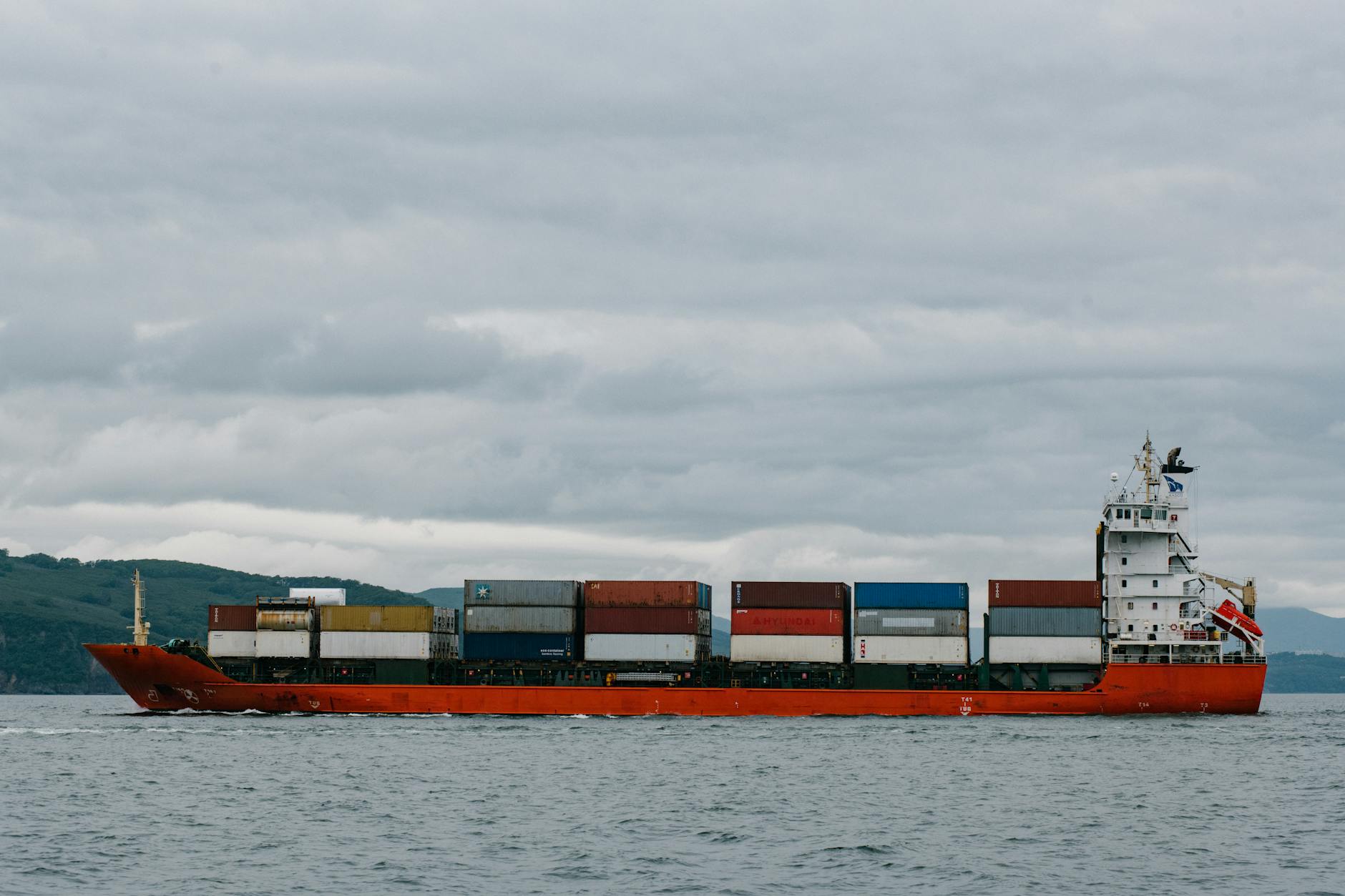How to Explore Australia Sustainably While Enhancing Your Eco-Impact

Planning Your Trip
When planning a journey with sustainability at its core, one cannot overlook the allure of the natural world. An excellent option to consider is Antarctica cruises, which offer a chance to witness one of the planet's most pristine environments. However, it's crucial to align this adventure with eco-friendly practices to protect these sensitive ecosystems.
Start by researching destinations championing sustainability. Just as Kings Park and Botanic Garden in Perth showcase native plant species, some regions actively promote biodiversity conservation. This commitment to maintaining the natural environment means you can enjoy your travels while minimizing your ecological footprint.
Constructing a sustainable itinerary requires thoughtful planning. Opt for regions that emphasize biodiversity conservation strategies, allowing you to partake in experiences that actively support local wildlife and habitats. Whether it's integrating visits to eco-friendly venues or prioritizing sustainable locations, every choice can contribute to a healthier planet.
Finally, selecting low-impact accommodations involves seeking lodgings that prioritize environmental preservation and resource efficiency. Many options offer sustainable tourism practices like renewable energy use and waste reduction programs. These choices not only ensure that your travels are environmentally responsible but also often enhance the authenticity and richness of the experience, making every journey both impactful and memorable.
Sustainable Travel Practices
Choosing Eco-Conscious Transport
In an era where environmental sustainability is crucial, selecting eco-conscious transport options can make a significant impact. From public buses to bicycles, there are numerous options available that reduce carbon emissions and promote sustainable travel. In Perth, eco-friendly initiatives at Elizabeth Quay serve as a reminder of the importance of choosing greener transportation methods. Travelling by train or hybrid vehicles when exploring destinations like south america tours ensures you leave a minimal carbon footprint.
Minimizing Waste While Traveling
Reducing waste is a pivotal aspect of sustainable travel. Simple changes, like carrying reusable water bottles, cutlery, and shopping bags, can significantly diminish the amount of single-use plastics you consume. When exploring new places, consider digital maps or guidebooks over printed materials to lessen paper waste. Kings Park and Botanic Garden in Perth is a great example of showcasing native plant species while promoting biodiversity conservation strategies that minimize litter.
Supporting Local and Green Businesses
Choosing to support local businesses that employ green practices not only aids the local economy but also encourages sustainable development. Dining at farm-to-table restaurants, purchasing souvenirs from local artisans, and using eco-friendly accommodations align with sustainable practices. By doing so, you help drive the transition towards a more eco-conscious tourism industry. Looking out for sustainability certifications or eco-labels can guide your choices, ensuring that your spending promotes environmental stewardship.
Engaging in Eco-Tourism Activities
Wildlife-Respectful Excursions
As an advocate for sustainable tourism, prioritising wildlife-respectful excursions is essential to preserving our natural environments. On an African safari, for example, these excursions are designed to maximise the educational experience while ensuring minimal disturbance to wildlife. Among the critical strategies used are maintaining a safe distance from animals and refraining from feeding them, as both help prevent habituation and stress. Opting for tours that utilise silent electric vehicles can further reduce the ecological footprint of these adventures. This shift to cleaner transport ensures we honour the rich diversity of nature, much like how Kings Park and Botanic Garden fosters native plant species conservation here in Perth.
Participating in Conservation Projects
Participating in conservation projects during your travels is another impactful way to engage in eco-tourism. Such projects offer a unique opportunity to contribute to the local ecosystem's protection while gaining hands-on insights into biodiversity conservation strategies. These experiences can range from volunteering at wildlife rehabilitation centres to joining reforestation efforts. By integrating these activities into travel plans, we support both local communities and conservation goals.
Exploring Through Responsible Hiking
For those seeking to explore nature on foot, responsible hiking is vital. Sticking to marked trails helps prevent erosion and reduces habitat disruption. Respecting seasonal restrictions and staying informed about local wildlife activities can enhance your experience, resulting in both a fulfilling and educational journey. Consider investing in eco-friendly gear, such as reusable water bottles and biodegradable toiletries, to further minimise your impact. This approach, much like the educational exhibits at the WA Museum Boola Bardip, fosters a deeper appreciation for the interconnectedness of ecosystems.
Enhancing Your Eco-Impact
Offsetting Carbon Emissions
For those of us deeply concerned with our planet's health, offsetting carbon emissions is more than just a box to tick. It's an active step toward sustainable travel. One effective way to manage our carbon footprint is by calculating the emissions from air travel and investing in verified carbon offset programs. These initiatives often support reforestation, renewable energy projects, and biodiversity conservation strategies in diverse ecosystems. It's empowering to know that our actions contribute to the health of our planet.
Engage in Environmental Education
Being knowledgeable about sustainability amplifies our impact. Participating in educational initiatives, like those found at the WA Museum Boola Bardip, offers insight into how our travel choices affect global ecosystems. These programs not only increase awareness but also provide practical steps for eco-friendly living. Whether it’s through workshops or interactive exhibits, engaging in environmental education transforms how we perceive our role in the world.
Advocating for Sustainable Policies
Championing sustainable policies is a crucial aspect of minimizing our travel impact. By supporting eco-friendly tourism operators and engaging with platforms that prioritize environmental practices, we can push for much-needed changes in the sector. Encouraging policies that demand accountability and sustainable practices from tourism boards can have a profound effect over time. As travelers, we wield significant power to influence the tourism industry's direction, ensuring that destinations like an Africa safari remain pristine for future generations.
Mistakes to Avoid for Eco-Friendly Travel
Overlooking Local Regulations
It's crucial to respect local regulations, especially in areas known for their ecological and cultural significance, such as Kings Park and Botanic Garden, famed for its native plant species. Understanding and adhering to local conservation guidelines ensures that our travel activities have minimal impact on the environment, allowing biodiversity conservation strategies to thrive. Ignoring these rules can lead to unintended harm to the habitats and species that we, as eco-conscious travellers, aim to protect.
Misjudging Environmental Footprints
One common oversight among travellers is underestimating the environmental footprint of their journeys. Travelling to places like Elizabeth Quay, noted for its eco-friendly initiatives, reminds us of the importance of reducing emissions and conserving energy. Consider modes of transportation that align with sustainable practices, such as cycling or electric vehicles. Even activities such as the use of plastic bottled water can contribute to our overall environmental footprint.
Choosing Non-Sustainable Options
Support businesses that align with your environmental values. When visiting attractions like the WA Museum Boola Bardip, known for its educational exhibits, consider local, green initiatives that focus on sustainability. By opting for locally sourced meals or purchasing souvenirs made from sustainable materials, you contribute to the prosperity of eco-friendly establishments and discourage practices that harm the environment.
By avoiding these common mistakes, we fortify our role as responsible stewards of the environment and leave a positive impact on the beautiful world we explore.


